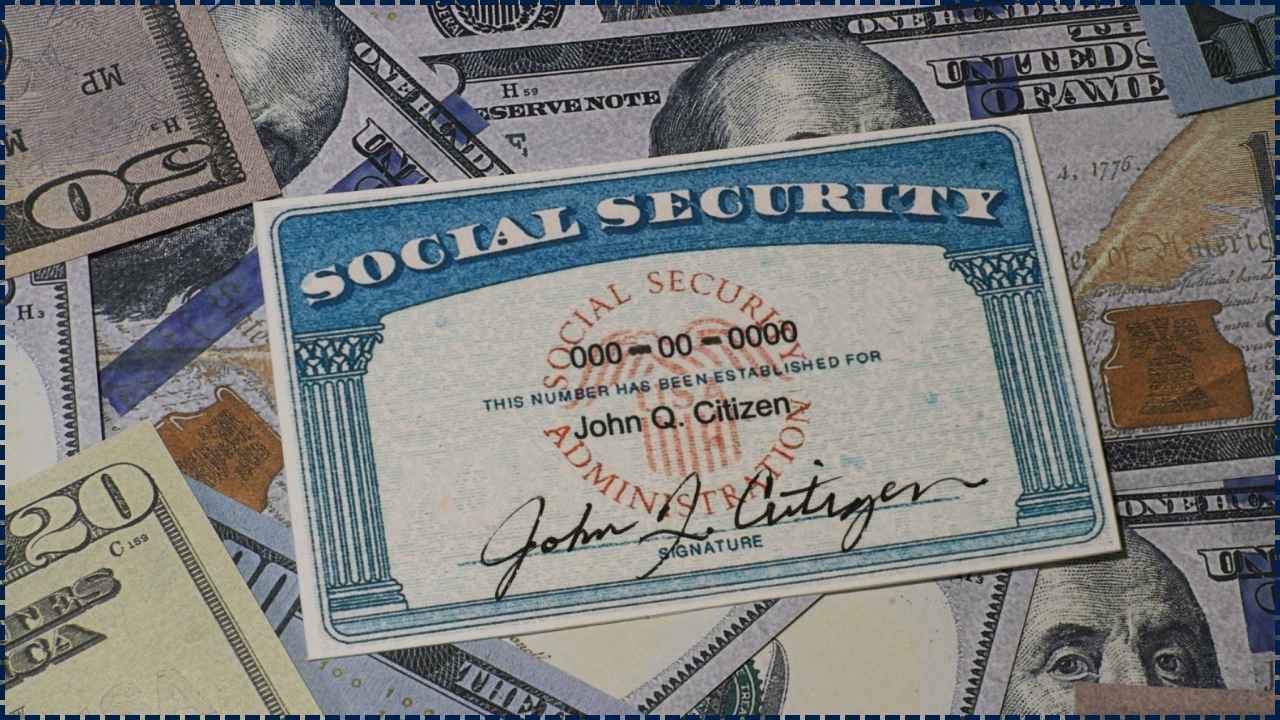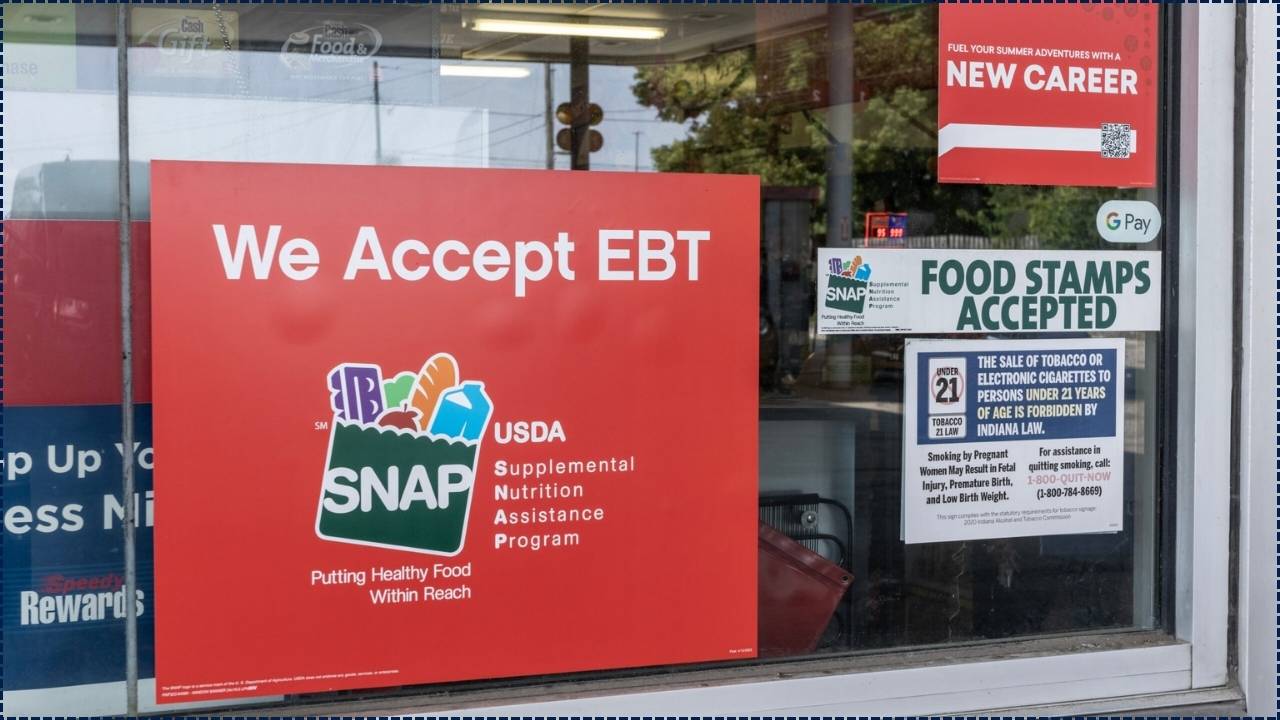When the economy takes a nosedive or unexpected expenses hit you like a ton of bricks, it can feel like you’re drowning in money troubles. That’s why learning how to stay financially afloat when times get tough is not just smart—it’s essential. Whether you just lost your job, got hit with a surprise bill, or are feeling the pinch of inflation, these 8 proven strategies will help you ride out the storm.

In this easy-to-follow guide, we break down each step like a buddy who’s been there, done that, and lived to tell the tale. We’ve got real-life examples, expert-backed advice, and even links to official resources so you can dive deeper when needed. Buckle up and let’s get to work!
8 Proven Strategies to Stay Financially Afloat
| Strategy | What It Means | Why It Matters |
|---|---|---|
| Prioritize Essential Expenses | Focus on housing, food, and utilities | Cuts waste and secures your needs |
| Negotiate with Creditors | Ask for lower payments or deferments | Reduces financial pressure |
| Build an Emergency Fund | Save 3–6 months of living expenses | Creates a safety net for rainy days |
| Diversify Income | Pick up side gigs or freelance work | Adds extra cash flow and reduces reliance on one source |
| Pay Yourself First | Save before you spend | Builds good money habits |
| Reduce High-Interest Debt | Tackle credit cards and payday loans | Cuts down long-term costs |
| Seek Professional Financial Guidance | Talk to a certified financial planner | Get customized money strategies |
| Invest in Financial Literacy | Learn the basics through courses and books | Empowers smarter financial decisions |
Hard times don’t last—but smart money habits do. By following these 8 proven strategies, you can not only survive but thrive during financial storms. Cut back, hustle a little extra, get educated, and lean on trusted resources. You’ve got this!
1. Prioritize Essential Expenses
First thing’s first: trim the fat. In tough times, you need to protect the basics: roof over your head, food in your belly, lights on, and heat working. Think of your expenses as a pie. Slice out the non-essentials like streaming services, eating out, or online shopping sprees.
Pro Tip: Create a “Bare-Bones Budget”. Write down everything you spend in a week, then ask: “Do I need this to live or just want it?”
According to the U.S. Bureau of Labor Statistics, housing and transportation account for over 60% of average household spending. Focus on covering these first.
2. Negotiate with Creditors and Service Providers
Most people don’t realize it, but your bills aren’t always set in stone. If you hit a financial snag, pick up the phone and talk to your landlord, credit card companies, or utility providers.
Example: Many credit card companies offer hardship programs that can temporarily reduce your interest rate or minimum payments.
Check out Money Mentors for tips on how to start the conversation.
3. Establish or Strengthen an Emergency Fund
You don’t need a fortune to start an emergency fund. Even $10 a week adds up. Set up a separate savings account you won’t touch unless it’s truly an emergency.
Why it matters: A 2023 survey from Bankrate found that 57% of Americans can’t cover a $1,000 emergency without borrowing. Don’t be part of that stat.
Start small, stay consistent.
4. Diversify Your Income Streams
One job, one paycheck? That’s risky business. Try freelancing, selling stuff online, tutoring, rideshare driving, or renting out a spare room.
Example: Jane, a schoolteacher, started offering weekend SAT tutoring and now brings in an extra $600/month.
Platforms like Upwork, TaskRabbit, and Airbnb are solid places to start.
5. Adopt a ‘Pay Yourself First’ Approach
Think saving money is what you do after bills? Flip that mindset. Paying yourself first means saving before spending. Set up auto-transfers to your savings account as soon as your paycheck hits.
“You can always find a way to spend what’s left. But if you save first, you’ll learn to make do with the rest,” says certified financial planner Rachel Cruz.
Even if it’s just $25 a week—do it. It adds up.
6. Reduce High-Interest Debt
Credit cards with 25%+ APR? That’s money going down the drain.
Tackle your high-interest debts first. Use the avalanche method (pay off highest interest rate first) or the snowball method (start with smallest balances).
According to the Federal Reserve, the average APR on credit card debt was 22.75% as of Q1 2024. Time to slay that monster.
Consider a balance transfer card or a low-interest consolidation loan.
7. Seek Professional Financial Guidance
When you’re in deep water, don’t be afraid to call in the pros. A certified financial planner (CFP) can help you:
- Create a budget
- Manage debt
- Save for retirement
- Build a long-term plan
Visit NAPFA.org to find fee-only, fiduciary advisors near you.
Some local non-profits even offer free counseling. Don’t go it alone.
8. Invest in Financial Literacy
The more you know, the less you blow (your budget).
Read books, take free online courses, and follow trusted voices in personal finance.
Top Picks:
- “The Total Money Makeover” by Dave Ramsey
- “I Will Teach You to Be Rich” by Ramit Sethi
- Khan Academy’s free personal finance course
Knowledge is power, especially when your wallet’s on the line.
FAQs
What is the first thing I should do when money gets tight?
Start by making a bare-bones budget. Focus on your “Four Walls”: housing, food, utilities, and transportation.
Can I still save money when I’m broke?
Yes! Even $5 per week counts. The habit is more important than the amount.
Should I take out a loan to cover bills?
Be careful. High-interest loans (like payday loans) can dig your hole deeper. Explore payment plans or hardship programs first.
Is it okay to use a credit card for emergencies?
Only as a last resort. It’s better than missing rent, but try to have an emergency fund instead.












